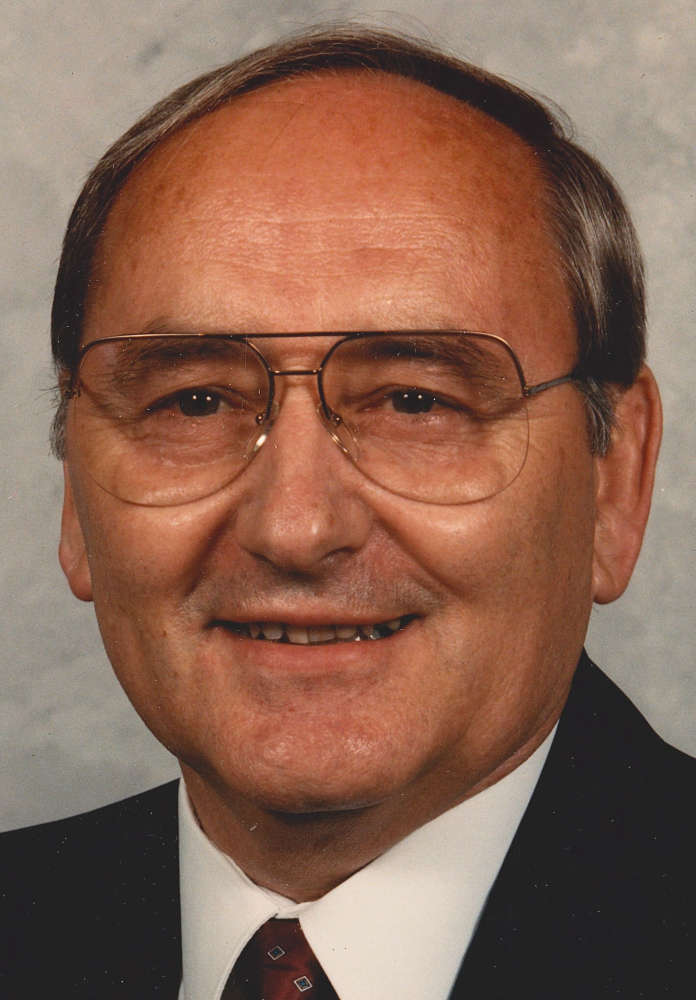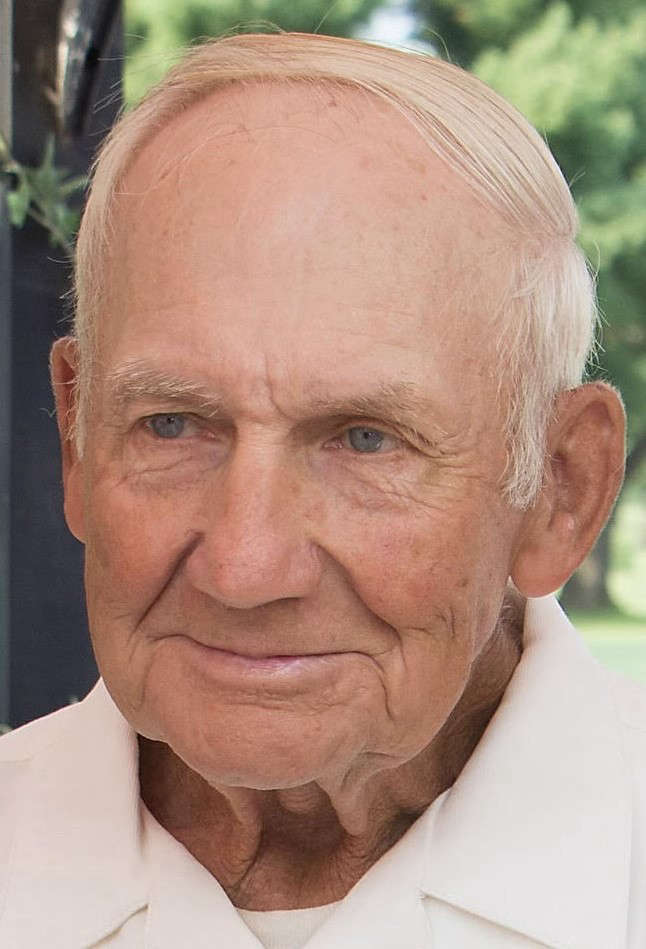
Maternity care for rural communities is focus of recent Woodlawn Health visit by U.S. Senator Mike Braun, the GOP candidate for governor.
Woodlawn Health continues lending its voice to advocate for rural communities, especially regarding maternity care, by recently hosting U.S. Senator Mike Braun, the Republican nominee for governor. The hospital also has recently hosted Congressman Rudy Yakym, R-Ind. District 2, and his Democratic challenger in this year's election, Lori Camp.
In organizing such visits, Woodlawn Health officials note that maternity service closures are a national concern. Following a tour, they had the opportunity to sit down with Braun and share ideas for keeping the hospital's Maternity Oasis open.
The name for the obstetric department is fitting due to the closure of several others in surrounding counties, creating a maternity care desert.
"What we're looking for is assistance from the state," Woodlawn Health CEO Alan Fisher said.
"We're going to keep it open," he added about Woodlawn Health's OB department. "That's our goal, and we're going to do everything we can to keep it open. We're just looking for the state to assist us, maybe a subsidy of some type."
Woodlawn Health's position is that the subsidy could be taken from administrative costs associated with hospital assessment fees.
Fisher notes the hospital spent $4 million in those fees last year – 28 percent, or $1.1 million, of that in administrative costs.
"That's $1.1 million I don't have, and most of that went into the state coffers. I'd love to have that money back," Fisher said, adding it would help the hospital purchase new equipment, address infrastructure needs, or complete beautification projects.
Braun was joined by State Rep. Jack Jordan, R-Bremen, in his visit to the hospital. Their tour was led by Vice President of Patient Care Services Paula McKinney and began in the hospital's new triage center area. From there, they moved to the hospital's emergency department, diagnostic imaging area and surgical department.
Also participating in the tour were Woodlawn Health's COO Brad Rogers, CNO Cathy Lowe and Chief Marketing Officer Khrista Boster, as well as Rochester Mayor Trent Odell.
McKinney noted that the hospital handles 160-180 surgeries per month. She also made mention of the nationally shortage of IV fluid in the wake of Hurricane Helene.
"We've curtailed some of our surgeries this week to try and conserve some of the IV fluids," she told Braun.
McKinney also detailed the hospital's implementation of robotic-assisted surgery using a da Vinci system and ROSA, or Robotic Surgical Assistant.
Braun was then introduced to OB Director April Rantz. She detailed the unit, which includes two main labor and delivery rooms and four postpartum rooms, as well as a childbirth patient simulator, NOELLE, purchased with a grant from tertiary center partner St. Joseph Regional Medical Center.
"Here, our nurses have to be trained for everything, so we spend a lot of money on education," Rantz said, additionally noting that the hospital is fortunate to have two pediatricians on staff.
"When it comes to the baby care, you won't find that any place else," she said. "I worked in a much larger facility that did not have pediatricians in house."
"It's struggling for us to keep it open financially because we lose money on it every year," McKinney said of the hospital's OB department in responding to a question from Braun. "But to serve our community, we keep it open."
Fisher added that the hospital's board has made a commitment to keep it open, but noted a low volume of births is an issue.
"We need to do approximately 38 to 40 births per month," he said, adding that the hospital is now averaging about 15.
With the number of OB departments closing, he reports that number is growing. The hospital is also providing more emergency care, adjusting staff accordingly.
Braun was led through the hospital's Universe of Care Unit before meeting in private with hospital officials.
Before heading into that meeting, Braun noted his campaign is focused on health care – the cost and outcomes associated with it, as well as keeping rural hospitals open to continue serving their communities and providing jobs.
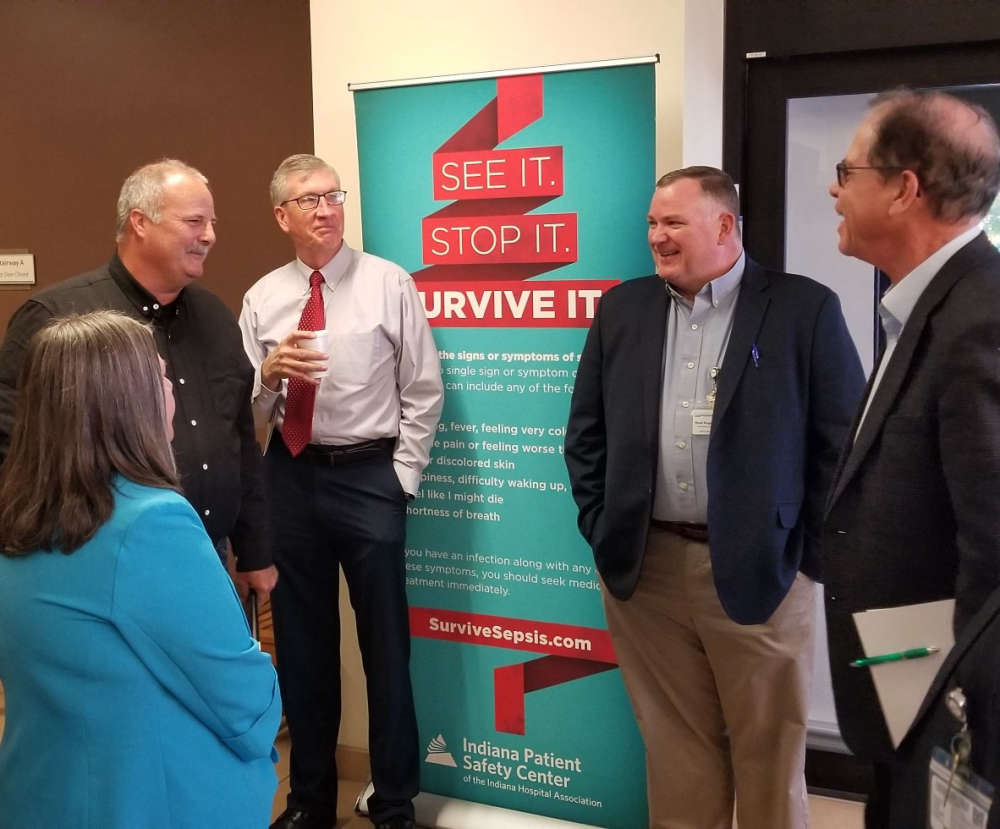


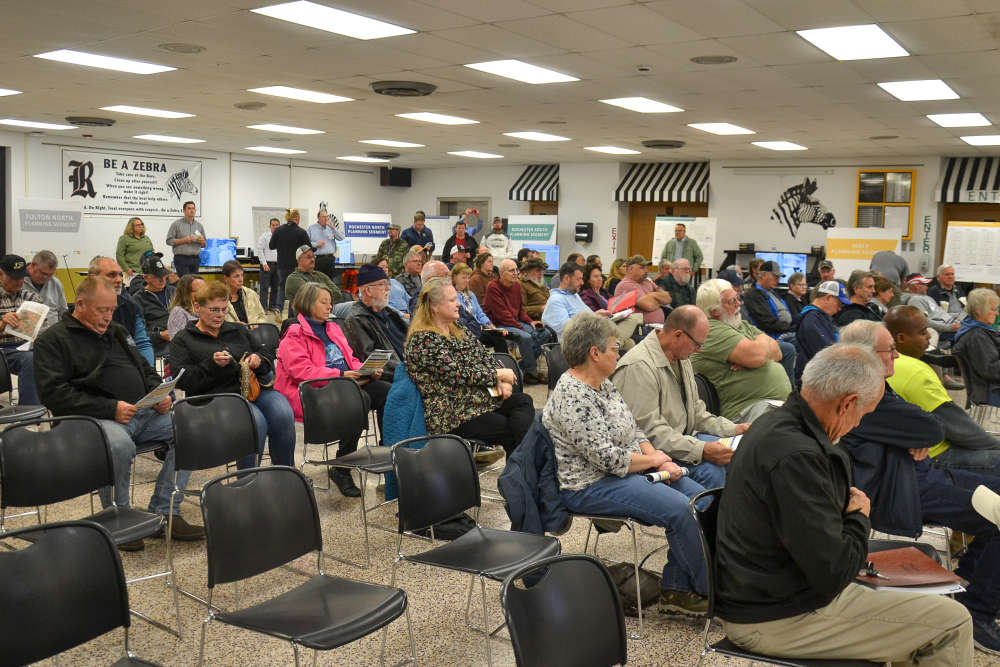 INDOT hosts public meeting on ProPEL US 31 study
INDOT hosts public meeting on ProPEL US 31 study
 Steering committee identifies key goals of DORA
Steering committee identifies key goals of DORA
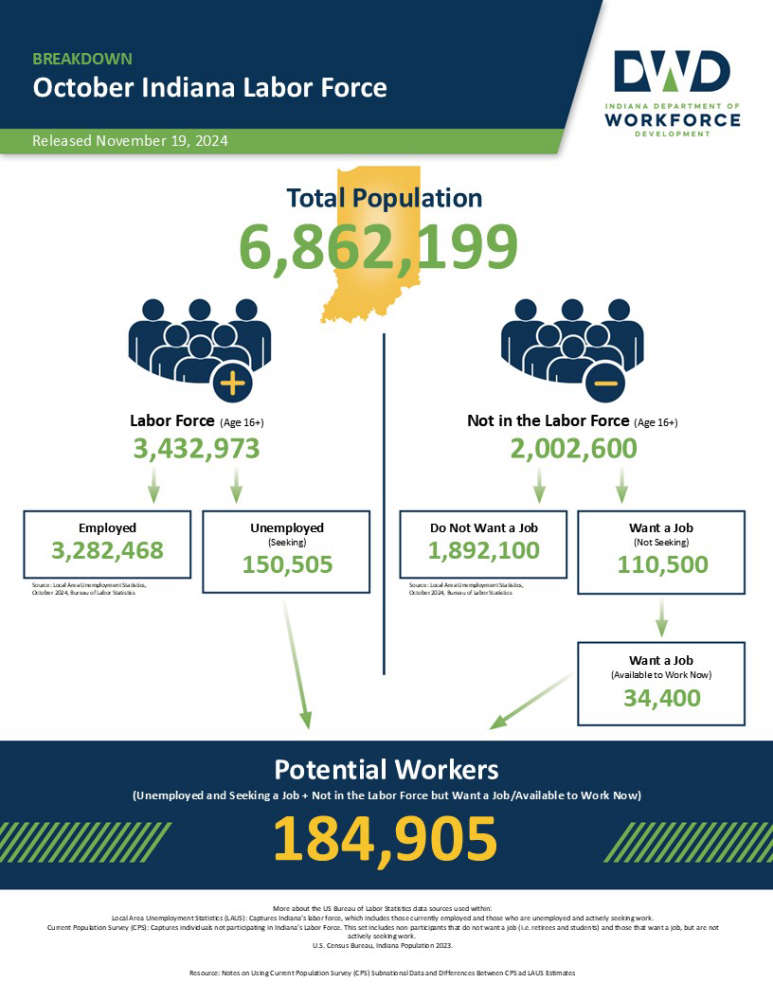 Indiana October 2024 Employment Report released
Indiana October 2024 Employment Report released
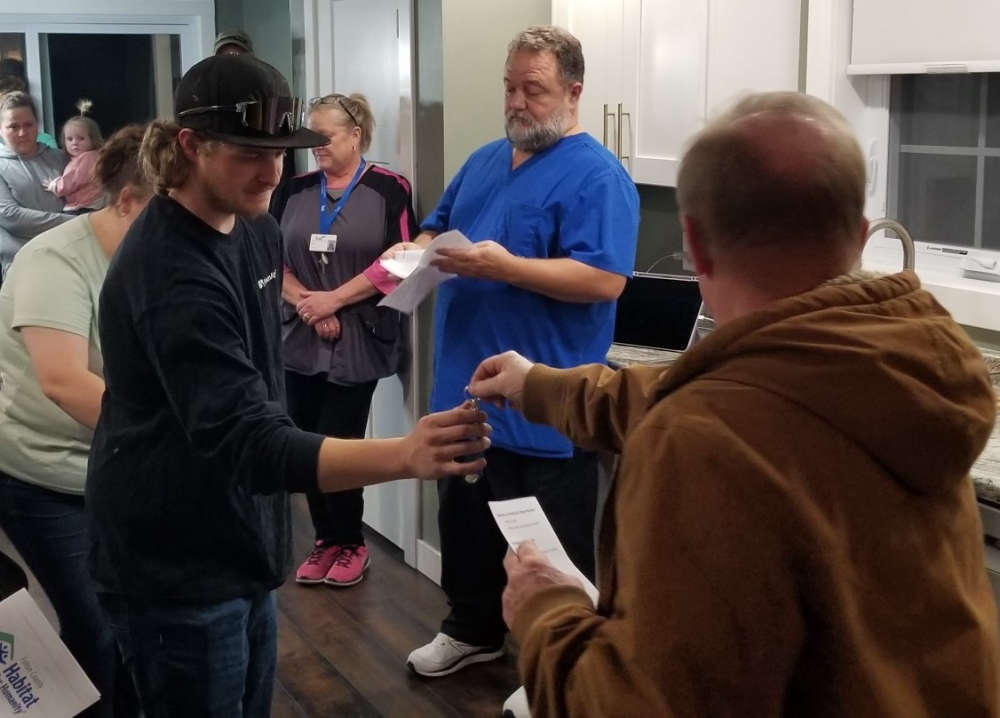 Skiles family receives keys to their new home
Skiles family receives keys to their new home
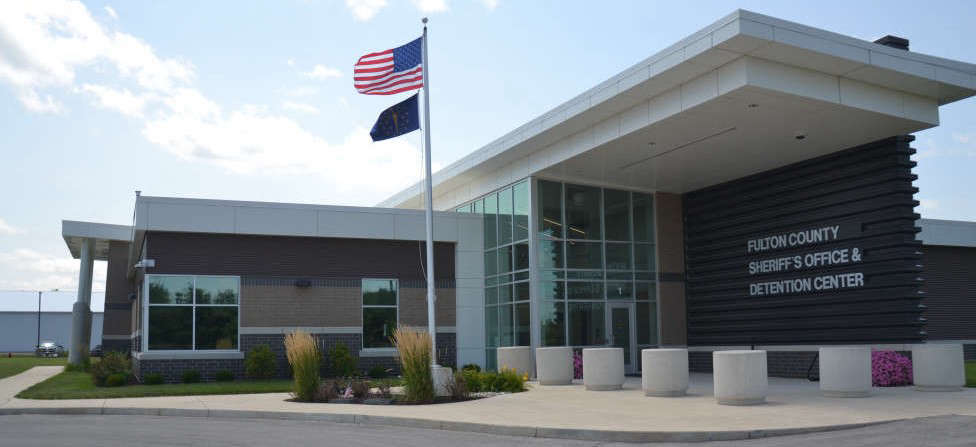 Jail Bookings – Nov. 19, 2024
Jail Bookings – Nov. 19, 2024
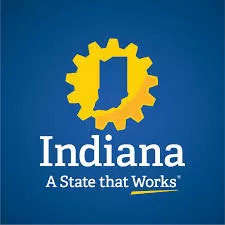 Indiana highlights business owners, state’s historic investments in entrepreneurs during Global Entrepreneurship Week
Indiana highlights business owners, state’s historic investments in entrepreneurs during Global Entrepreneurship Week
 911 director issues Text-to-911 reminder
911 director issues Text-to-911 reminder


